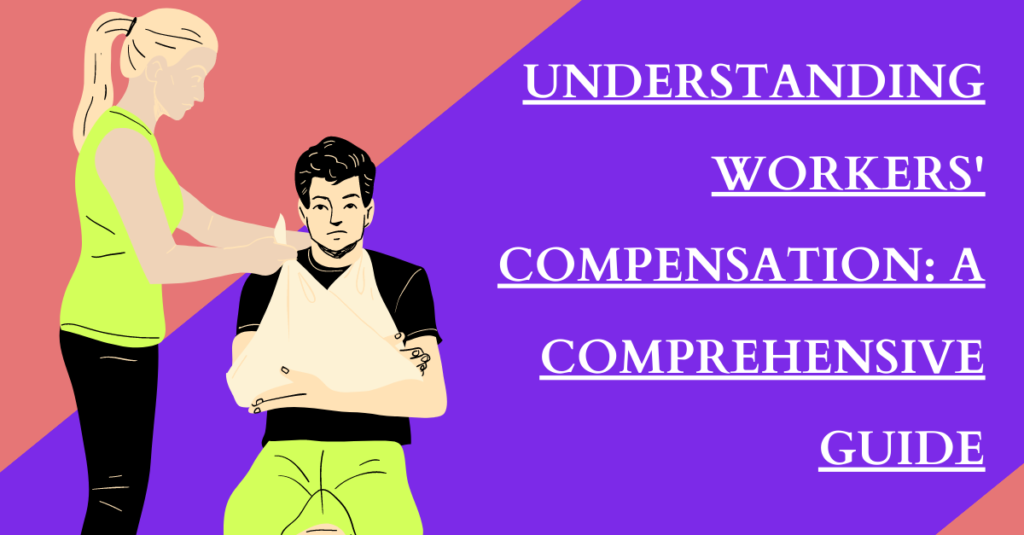Why and Why Not We Should Avoid Fast Fashion Brands: A Critical Examination
Introduction
Fast fashion brands have become ubiquitous in today’s consumer culture, enticing shoppers with affordable and trendy clothing options. However, the consequences of supporting these brands extend beyond the allure of low prices and rapid fashion cycles. This article aims to provide a comprehensive analysis of the reasons to both avoid and consider fast fashion brands. By examining the environmental impact, labor practices, and quality concerns associated with fast fashion, as well as the factors that make them appealing, we can gain a deeper understanding of the complexities surrounding our fashion choices. Through this exploration, we can make informed decisions that align with our values and contribute to a more sustainable and ethical future.
I. Reasons to Avoid Fast Fashion Brands:
- Environmental Impact: Fast fashion’s production and consumption model exerts a significant toll on the environment.
- Overconsumption of resources: The relentless demand for fast fashion fuels the depletion of natural resources, including water, energy, and raw materials.
- Excessive waste generation: Fast fashion promotes a throwaway culture, with garments quickly discarded, leading to mountains of textile waste in landfills.
- Pollution from production and disposal: The manufacturing processes involved in fast fashion release pollutants, such as toxic chemicals and greenhouse gases, contributing to air and water pollution.
- Poor Labor Practices: The low-cost business model of fast fashion often comes at the expense of workers’ rights and well-being.
- Exploitation of workers in developing countries: Many fast fashion brands outsource production to countries with lax labor laws, where workers face low wages, long hours, and minimal social protections.
- Low wages and long working hours: Garment workers often endure harsh working conditions for meager pay, perpetuating cycles of poverty and inequality.
- Unsafe working conditions: Factory accidents and worker exploitation, including verbal and physical abuse, are prevalent in the fast fashion supply chain.
- Low Quality and Short Lifespan: Fast fashion garments are typically produced using cheap materials and construction methods, resulting in several negative consequences.
- Use of cheap materials and construction: Fast fashion prioritizes low-cost production, often compromising on garment quality and durability.
- Limited durability of garments: The focus on rapid turnover means that fast fashion items are designed to have a short lifespan, leading to frequent replacements and further waste generation.
- Contributing to a throwaway culture: The allure of cheap and trendy clothing perpetuates a culture where garments are seen as disposable, exacerbating the environmental impact of fashion.
II. Reasons to Consider Fast Fashion Brands:
- Affordability: Fast fashion brands offer clothing at lower prices compared to sustainable alternatives, making fashion accessible to budget-conscious consumers.
- Lower prices compared to sustainable alternatives: Fast fashion’s ability to produce inexpensive clothing appeals to individuals seeking affordability without compromising style.
- Accessible fashion for budget-conscious consumers: Fast fashion enables individuals with limited financial resources to participate in fashion trends and express themselves through clothing.
- Trend Availability: Fast fashion excels at delivering the latest fashion trends at a rapid pace, appealing to trend-conscious consumers.
- Rapid production and distribution of latest trends: Fast fashion brands are adept at quickly replicating runway and celebrity-inspired styles, ensuring a constant influx of trendy options.
- Fashion-forward options for trend-conscious consumers: The availability of current and fashionable items allows individuals to stay up-to-date with trends, self-expression, and social acceptance.
- Accessibility and Variety: Fast fashion offers a wide range of styles, sizes, and shopping options, catering to diverse consumer needs.
- Wide range of styles and sizes: Fast fashion brands cater to a broad spectrum of fashion preferences, ensuring that there is something for everyone.
- Convenient shopping options: With both physical stores and online platforms, fast fashion brands provide easy access to fashion, making shopping a hassle-free experience.
III. Sustainable Alternatives to Fast Fashion:
While avoiding fast fashion is important, it is equally vital to explore sustainable alternatives that promote ethical practices and environmental responsibility.
- Secondhand Shopping: Thrift stores, consignment shops, and online platforms offer a treasure trove of pre-loved clothing, reducing waste and supporting charitable organizations.
- Ethical and Sustainable Brands: Many fashion labels prioritize fair labor practices and eco-friendly production methods, providing consumers with consciously-made alternatives.
- DIY and Upcycling: Embracing creativity and personal style, individuals can repurpose and alter existing clothing items, reducing waste and promoting individuality.
- Mindful Consumption: Promoting a shift in mindset towards conscious buying habits, such as investing in durable, timeless pieces and focusing on quality over quantity, can contribute to a more sustainable fashion culture.
Conclusion
The decision to support or avoid fast fashion brands is a multifaceted one, considering its impact on the environment, labor conditions, and the allure of affordability and trend availability. While the environmental and social costs of fast fashion cannot be ignored, it is important to acknowledge the complexities surrounding individual choices and circumstances. However, the detrimental consequences associated with fast fashion necessitate a collective effort to prioritize sustainability and ethical practices.
By educating ourselves, demanding transparency from brands, and exploring sustainable alternatives, we can foster change within the fashion industry. Mindful consumption and supporting secondhand shopping, ethical brands, and durable clothing can contribute to a more responsible and conscious approach to fashion. Let us strive to make informed choices that consider both the well-being of the planet and the rights of workers, ultimately creating a fashion industry that is equitable, environmentally responsible, and sustainable.

My name is Rohit Vagh and I’m a content writer specializing in fashion and lifestyle. I have three years of experience in this field and have written various articles. My writing style is creative and engaging, and I strive to create content that resonates with my readers. I have a deep passion for fashion and am constantly researching the latest trends and styles to make sure my readers are up to date. I’m excited to continue my career in blogging, and I’m always looking for new opportunities in the fashion and lifestyle space.





